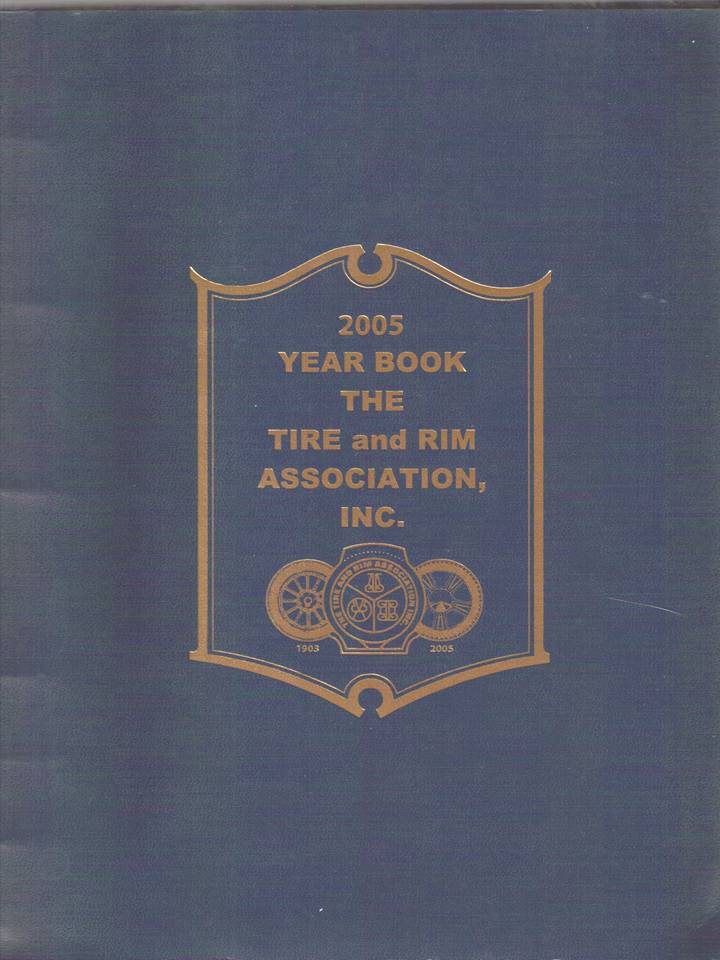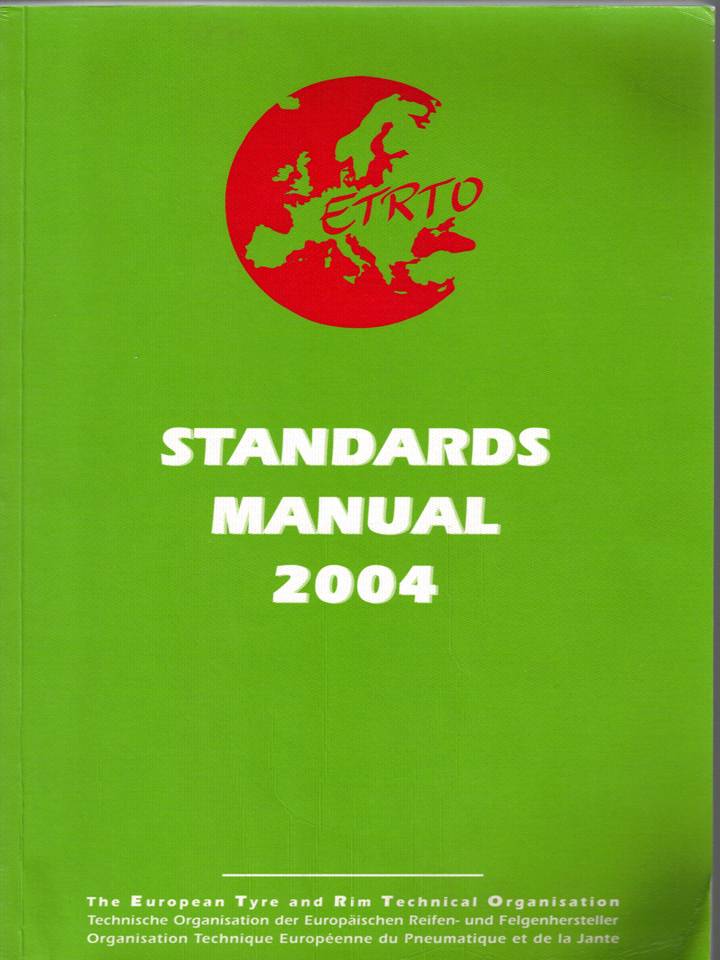
|
B
arry's
T
ire
Tech This is a series of articles on the technical aspects of tires, their care and usage. My primary purpose in these articles is to help people understand tires and thereby reduce the risks we all face every day. ..........and since tires is just about the only thing I know about.......... Please drop me a note if you have a topic you want to see: Barry@BarrysTireTech.com |
|
Odd Ducks: This article is the first in a series about unusual things I find - things that don't fit the narrative I have been preaching - In this case, it's about interchanging tires of the same type regardless of where they are made. Take the case of C Metric 225/75R16. |
|
|
|
Background Info: There are different tire standardizing organizations throughout the world. I go into more detail here! In this case, it's the difference between The Tire and Rim Association (TRA-US) and ETRTO (European Tyre and Rim Technical Organization).TRA uses the letters "LT" in front of the "size" to designate Light Truck tires - tires designed for medium duty pickups, vans, and trailers. They come in Load Ranges and the load/inflation information is EXACTLY English units. It is common to see metric units for these types of tires, but those are all calculated values, subject to round off. This includes the Load Index! |

|

|
ETRTO has C Metric tires and they use the letter "C" after the "size" to designate these are tires designed for commercial use - which in their system also means medium duty vehicles, like pickups and vans, but also what TRA calls "Truck/Bus". It also includes small tires used on small delivery and utility vehicle, such as the ubiquitous VW microbus. C Metric tires are calculated in metric units, including the Load Index. All those values are EXACTLY metric units and if you find English units, those are calculated units and - again - subject to roundoff errors. Unfortunately, it is common for tire retailers not to use the letters before or after the "size". Some even try to squeeze the specs into English units so it is easier on the consumer to understand. In the case of passenger car tires, it's OK once you take into account the difference between Standard Load (SL) and Extra Load (XL), except that ETRTO also uses "Reinforced" in place of XL. If you do the math, you'll find that the max load and the inflation pressure for a given size are in the same vicinity, especially given the differences in units (metric vs English). In other words, these tires are completely interchangeable. |
|
And that is also true for LT metric tires (vs C Metric tires) EXCEPT what I am about to discuss - 225/75R16C. Here, let me show you: Please note: The calculated values are in paratheses and not rounded in the conventional fashion.
Notice that the max load is much bigger for the 225/75R16C's than the LT225/75R16's, even if you compensate for the differences in inflation pressure. And just to be sure, I looked at other sizes common between C metric and LT metric and they have minor differences all explained by roundoff!This difference is not explained by ETRTO. (They never do!!) Bottomline: Since the tires have to be tested to the published values, I can only conclude that the manufacturers are "fudging", because I know of no reason why you wouldn't use the same construction for both types. Put a different way: The construction is likely the same for both types and the only difference is what is put on the sidewall, resulting in a C metric tire with less cushion in the test results. Nevertheless, if I were buying tires, I'd buy the 225/75R16 C over the LT225/75R16. |
|
Barry's Tire Tech - Main Page |